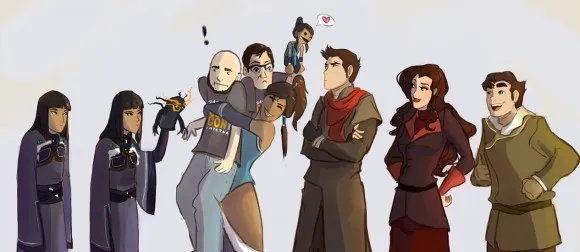Modern astronomy has finally begun to find planets outside our solar system, but it’s also tracked down some weird objects orbiting our own sun. Objects like Sedna have surprised astronomers, but one researcher is suggesting that something much larger might be out there: A never before seen planet in our own solar system. Of course, proving such a claim will be tricky.
The research was presented last Tuesday at meeting of the American Astronomical Society by Rodney Gomes, who works at the National Observatory of Brazil in Rio de Janeiro. According to National Geographic, Gomes postulated that the bizarre orbit of Kuiper belt objects — that is, objects in the region beyond the orbit of Neptune — is best explained by the presence of a distant but as-yet unnoticed planet.
His theory is based on the observation of 92 such Kuiper belt objects, the orbits of which Gomes has entered into a computer model of the solar system. According to his model, these Kuiper belt objects form more orderly orbits without an additional planet, and only take their current configuration with an additional planet.
As to what this planet would look like or where it would be, Gomes offers a variety of possibilities. It could be a Neptune-sized planet 225 billion kilometers from the sun, or something more Mars-sized only eight billion kilometers from the sun. For reference, Pluto’s own eccentric, elongated orbit takes it between 4.4 billion and 7.4 billion kilometers from the sun.
How the hypothetical planet could have been brought into our solar system is also a mystery, though one ripe with possibilities. It could have been any number of the apparently numerous rogue planets that ply the ether. Or it could have been a planet that formed closer to the sun and was thrown outward — a theory that’s been floated before.
Unfortunately, it seems like it would be very difficult to prove the existence of Gomes’ mystery planet. Assuming that his research is correct, there’s no way to know if the presence of a ninth planet is responsible for the orbital variation he’s observed. What’s more, his research doesn’t give planet hunters a clue as to where look for the would-be world, so confirming his theory is made extremely difficult.
The difficulty of proof is a topic that science knows all too well. However, Gomes has given astronomers something to think about. While we’re busy hunting down exoplanets, we might very well forget about unknown neighbors in our own backyard.
(via National Geographic, image via NASA)
- There are a lot of rogue planets out there
- I mean, a lot of rogue planets
- Our solar system may have spawned one of its own
- A case study in the difficulty of proving the existence of planets









Published: May 15, 2012 05:16 pm